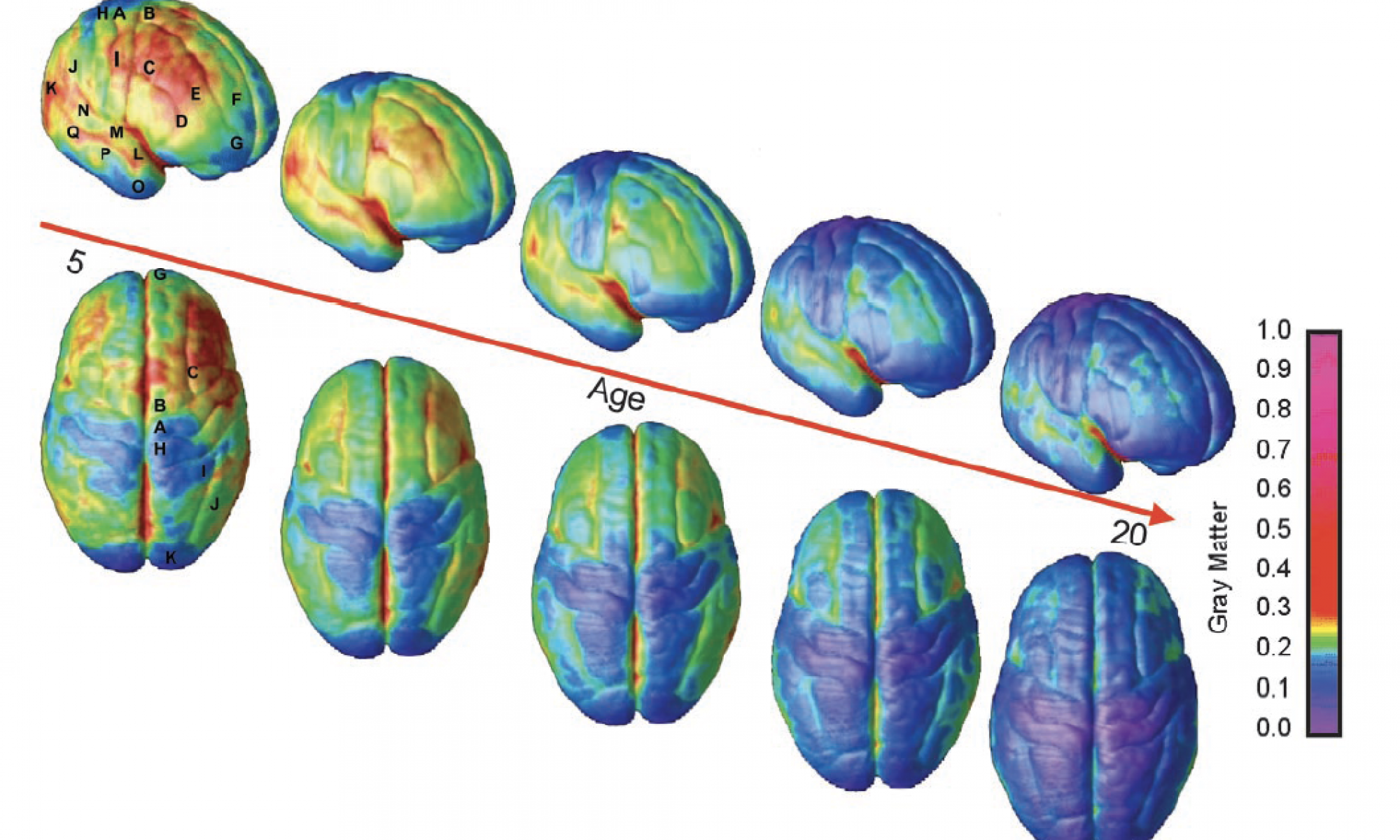In this article, the author discusses the effects of the Juul epidemic on the young people in the generation. Throughout the article, the author describes how the trend came to be, reasons that it has interested young people, and how the Juul culture spread among young people. I personally think that the this article does a great job of taking this controversial wave of teenage experimentation without sounding judgmental or inserting their own personal views on the topic. It presents the straight facts with relevant information that allows this to be an interesting yet insightful read for college students. The author, Amos Barshad, writes in a first narrative point of view in which he reminisces on his generation’s form of “hitting a Juul”, conducts interviews with actual young people, and includes side commentary to continue the flow of the information. Another way the article becomes more applicable to college students is by the use of language and cultural references. For example, the use of viral tweets helped the author aid the idea of the vast extent that Juuls have appeared in our generation; also, the use of references of meme culture and fidget spinners allows the author to appear more relatable rather than an “out of touch” scientist or professor. This article also appears to be trustworthy due to the fact it is from New York Times, and it links to other information that is used as well. However, I would argue that although the article is informative and trustworthy, it is not scientific for multiple reasons. For example, although it is an article on New York Times, it is located on the style section of the website. In my opinion, I think Juul culture is unnecessary because it is exposing young people to a nicotine addiction in a new form. Granted it is a cigarette without the toxins and just the addiction, I think the creation of the Juul has definitely distracted from it’s original useful purpose. However, unlike most people, I don’t really care because it is not my body, so it is not my business. Overall, I think the author did an excellent job transforming this information into information that is easily understandable and interesting to its readers especially the generation it affects.

NBB 190